RBI MPC October 2025: Why the RBI Is Still Holding Back on Rate Cuts Despite Low Inflation
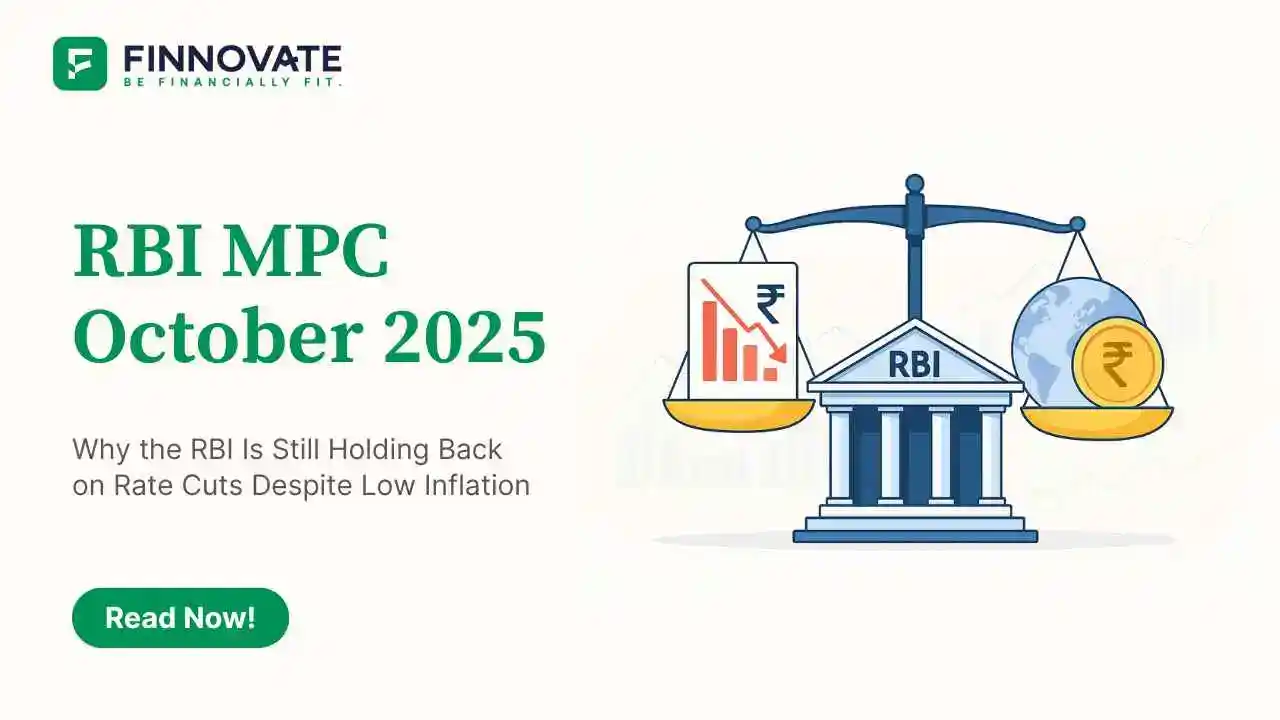
By

At first glance, it looks like the perfect setup for a rate cut - consumer inflation has cooled to just 1.54%, the economy is growing steadily, and liquidity is comfortable. Yet, the Reserve Bank of India (RBI) isn’t budging. The October 2025 Monetary Policy Committee (MPC) minutes show that members remain hesitant to slash the repo rate further. Why is the central bank playing safe when the numbers look so good?
The repo rate is the interest rate at which banks borrow short-term funds from the RBI. Lowering it usually encourages borrowing and spending - businesses expand, consumers take loans, and growth gets a boost. But it’s a double-edged sword. Cut too soon, and it risks weakening the rupee or fueling asset bubbles. Hold too long, and growth can lose steam. This is the balance the RBI is trying to strike right now.
Inflation has dipped sharply to 1.54% - well below even the lower tolerance band of 2%. Traditionally, such a fall would have prompted rate cuts to revive spending. But the RBI has already reduced policy rates by 100 basis points since February 2025, bringing the repo rate to 5.50%. That’s still above pre-COVID levels.
So what’s holding the central bank back? The MPC minutes reveal three big reasons behind this hesitation.
India’s GDP grew 7.8% in Q1 FY26 - comfortably beating expectations. The economy, powered by strong consumption and investment, doesn’t seem to need an artificial push. The RBI believes the momentum is self-sustaining for now.
Moreover, the committee feels that any additional growth support should come from the fiscal side (government spending, tax breaks, capital expenditure) rather than the monetary side (rate cuts or liquidity injections). In other words, it’s the government’s turn to drive demand - not the central bank’s.
The global environment looks fragile. Tariffs are rising, the U.S. faces policy uncertainty, and the H1-B visa restrictions could dampen services exports. India’s trade deficit already widened to $32.15 billion in September, a clear warning sign.
RBI policymakers want to keep some “ammunition” in reserve. If global shocks start hitting India’s growth in coming quarters, the RBI would still have room to cut rates later - when it really matters. Cutting rates now might waste that leverage without much gain.
The other big concern is currency stability. The USD/INR has already weakened to around ₹89. The RBI Governor recently hinted at speculative pressure building in offshore markets. A rate cut now could make Indian assets less attractive to foreign investors, triggering outflows and further weakening the rupee.
Even though India holds large forex reserves, the RBI prefers to avoid policy moves that could amplify volatility. With global capital still jittery, maintaining rupee stability takes precedence over incremental growth gains.
For borrowers, this means interest rates on home loans, car loans, and business loans are likely to stay stable for now. For savers, deposit rates may also remain attractive. For investors, the key takeaway is that the RBI’s stance signals confidence in India’s growth - it doesn’t see an urgent need to stimulate the economy with lower rates.
Markets, meanwhile, will keep watching for clues on when inflation stabilizes sustainably around the 4% target and global headwinds ease - both preconditions for the next rate cut cycle.
Sometimes, doing nothing is also a decision - and in the RBI’s case, it’s one rooted in caution, not complacency.
Disclaimer: This article is for educational and informational purposes only. It should not be considered investment advice or a recommendation to buy or sell any securities.
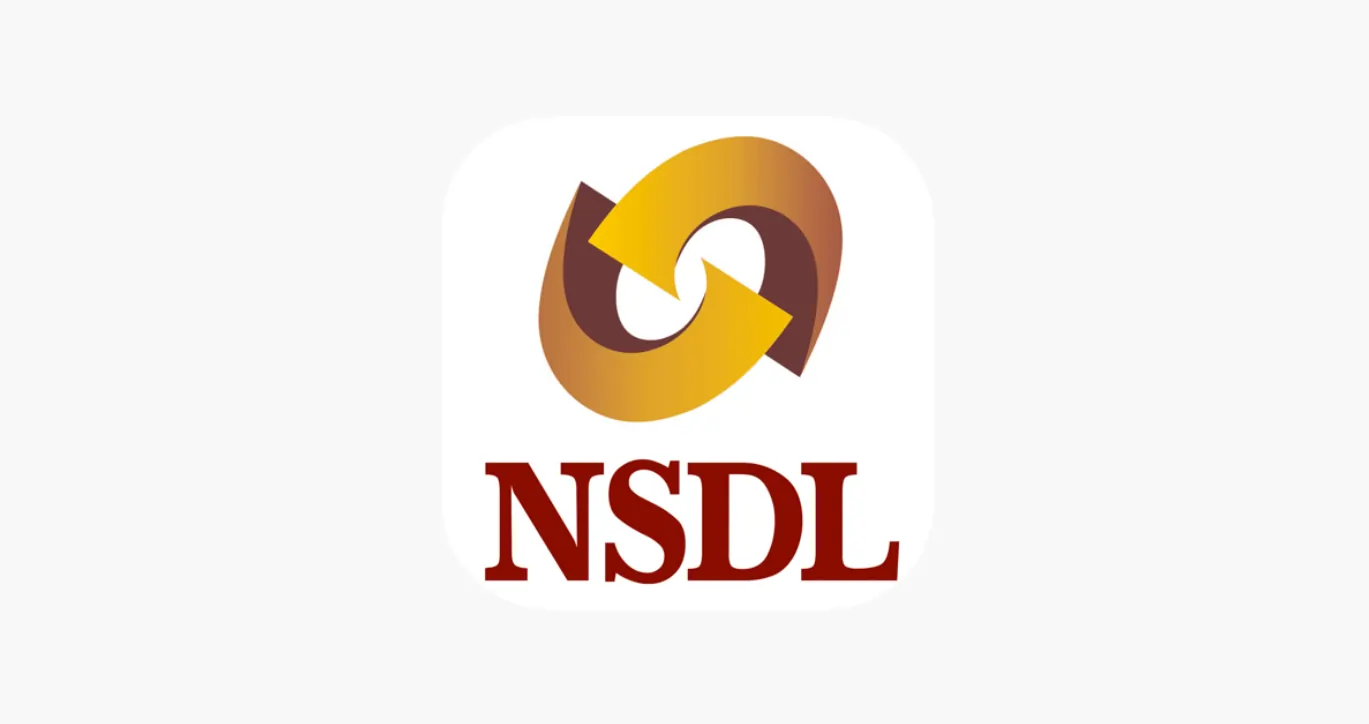
Learn how to easily download your NSDL CAS Statement in PDF format with our step-by-step guide. Follow our instructions to log in to NSDL e-Services, download your account statement, and subscribe for
Read Full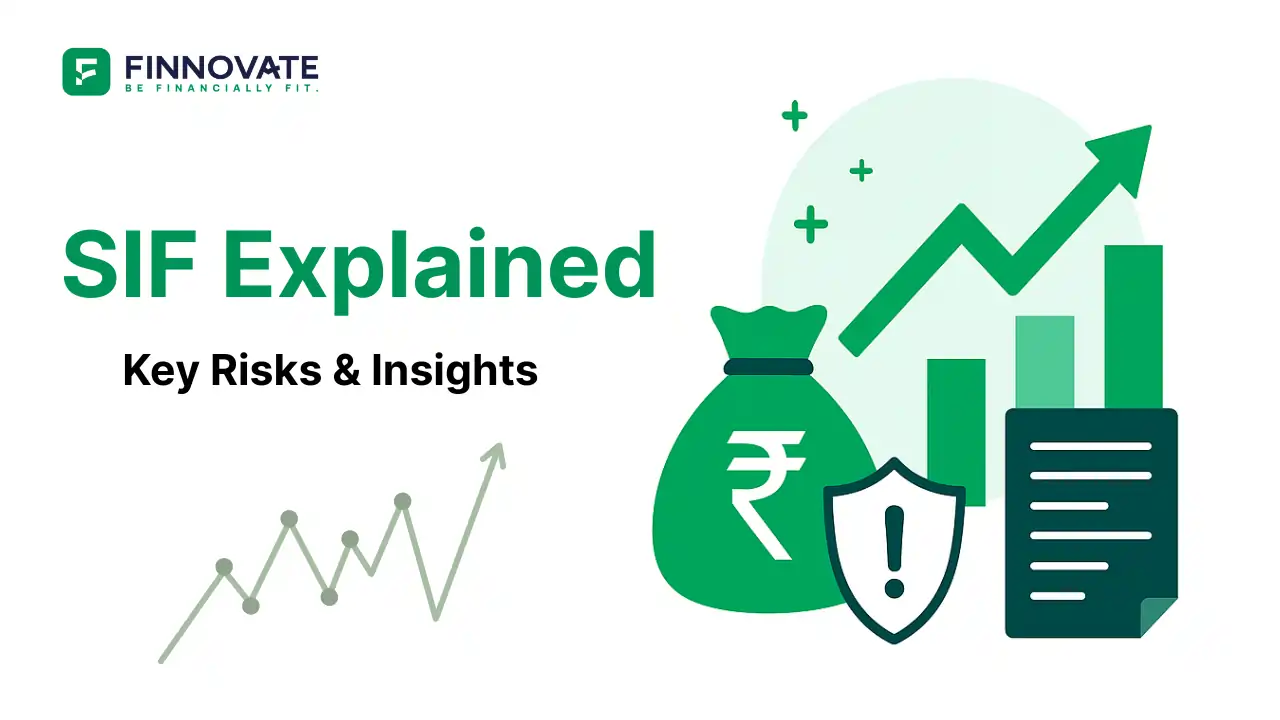
Explore what Specialised Investment Funds (SIFs) are, their benefits, taxation, minimum investment, how to invest, how they compare with mutual funds and PMS and latest developments in SIF space
Read Full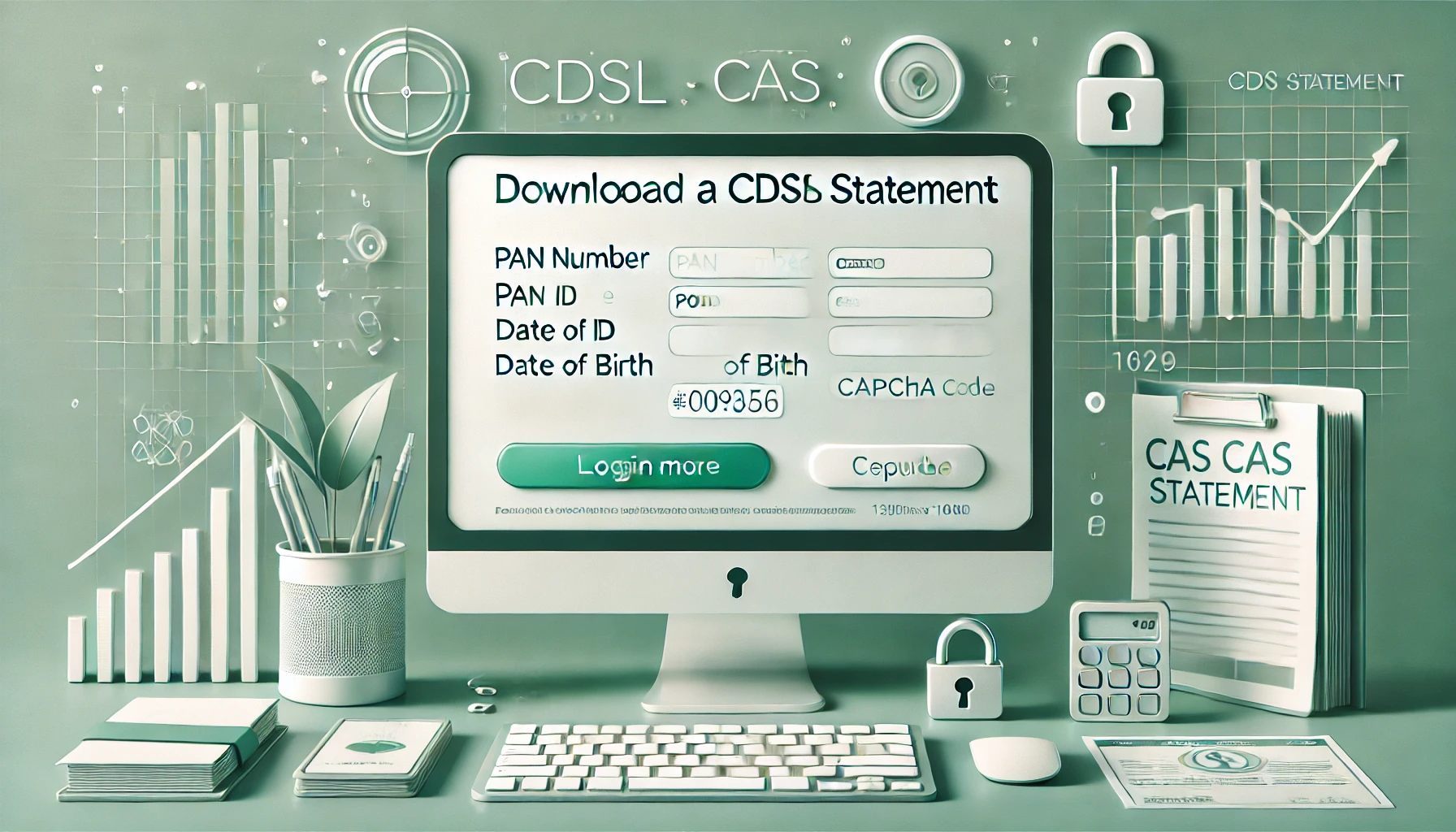
Learn How to Download Your CDSL CAS Statement with our step-by-step guide. Easy instructions for accessing your investment details online.
Read Full
Analyzing the potential economic impact of the 2025 India-Pakistan conflict on India's GDP growth, manufacturing sector, and foreign investment.
Read Full
Looking for the best financial freedom books? Here’s a handpicked 2025 reading list with summaries, why to read, and who it's best for.
Read Full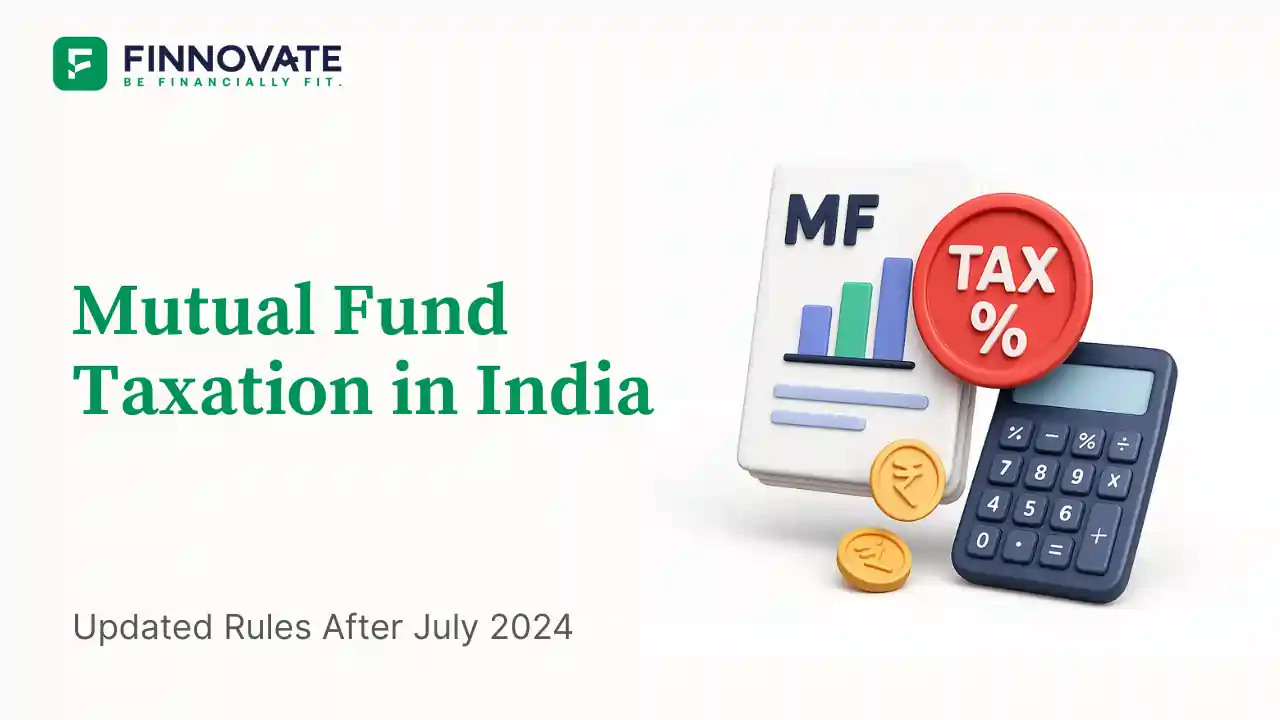
Clear guide to mutual fund taxation in India for FY 2025–26 after July 2024 changes: equity STCG 20%, LTCG 12.5% with ₹1.25L exemption, debt/hybrid rules, dividends, examples, tables, and FAQs.
Read Full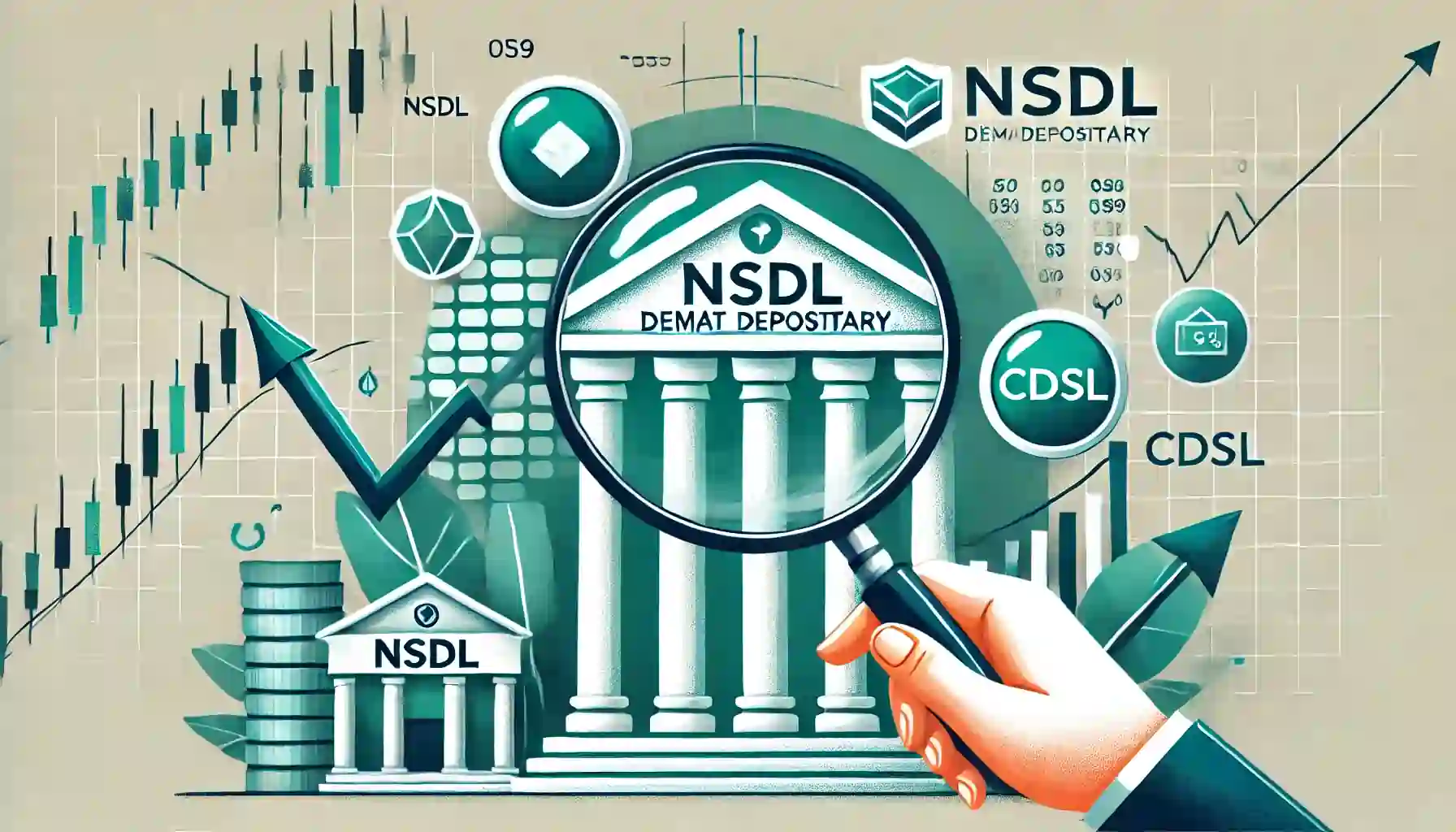
Determine if your Demat Depositary (DP) is NSDL or CDSL easily. Follow our guide to check using broking platforms or Demat account number formats
Read Full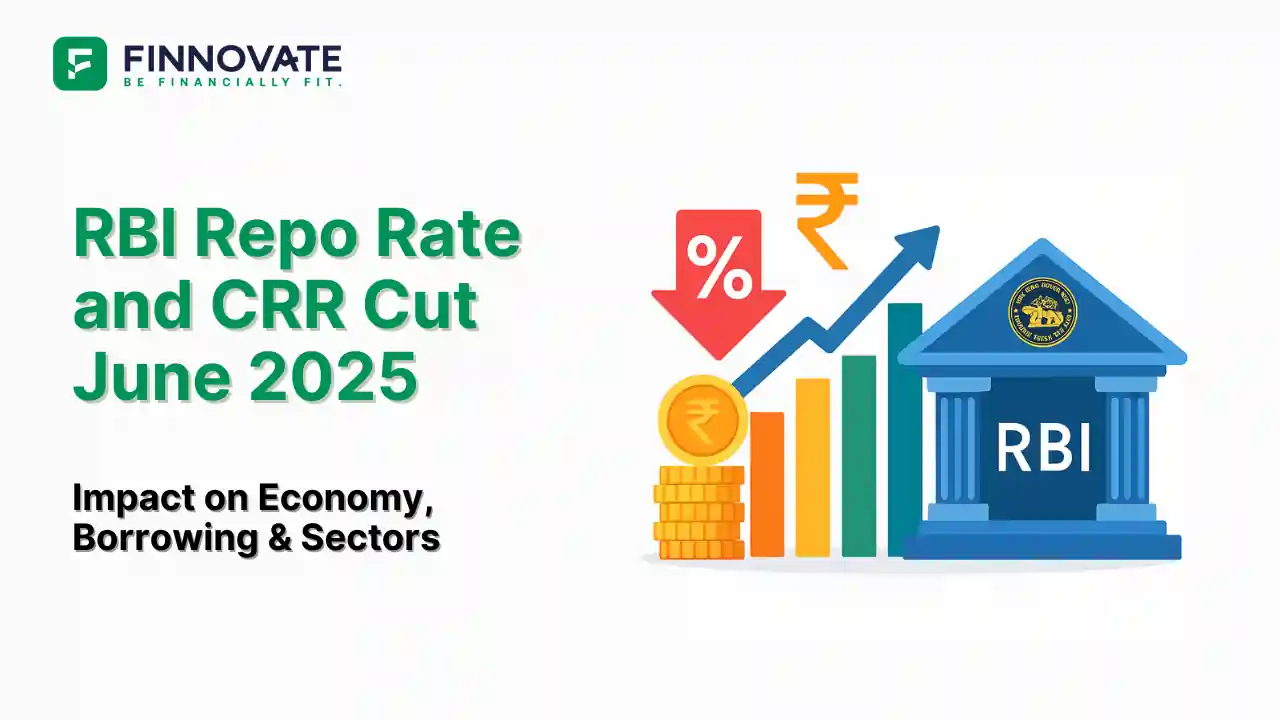
RBI cuts repo rate by 50 bps and CRR by 100 bps in June 2025 to boost growth. Learn how it impacts inflation, borrowing, sectors, and market trends.
Read Full